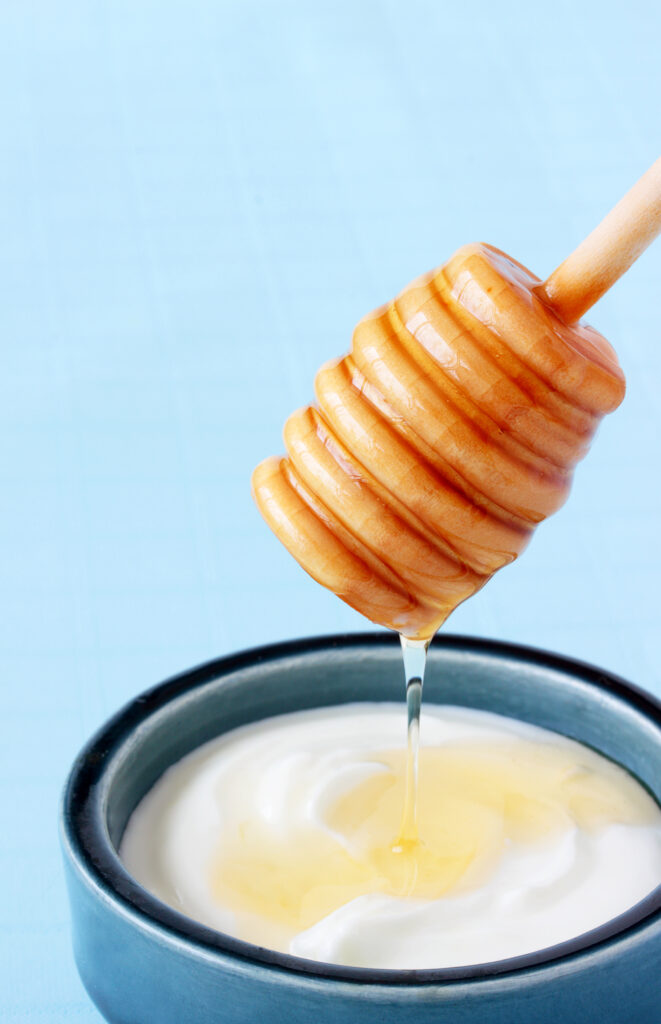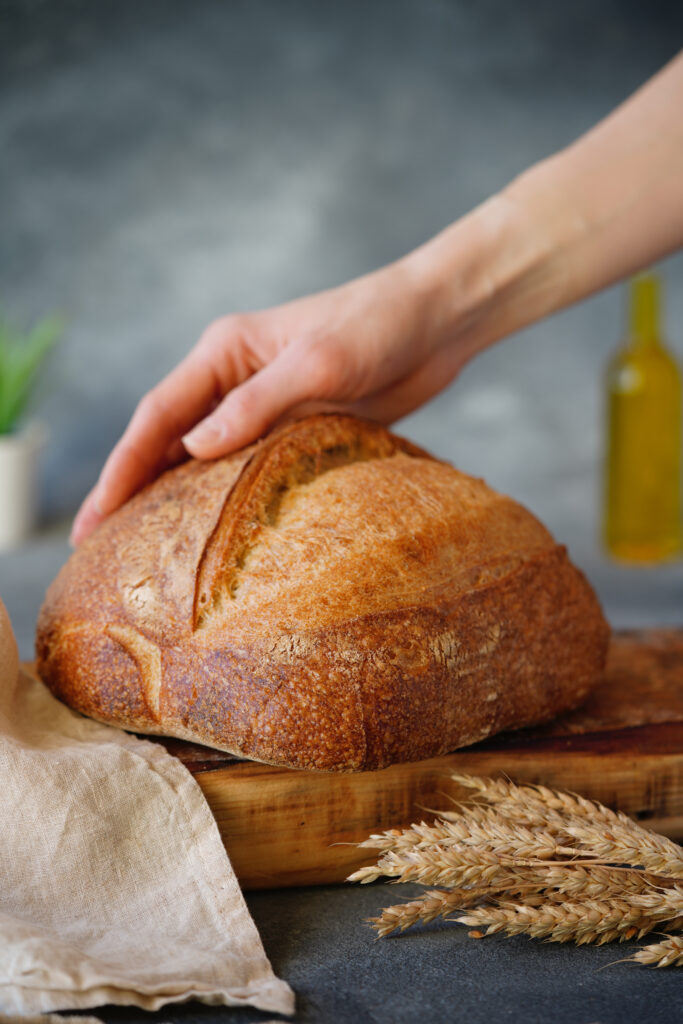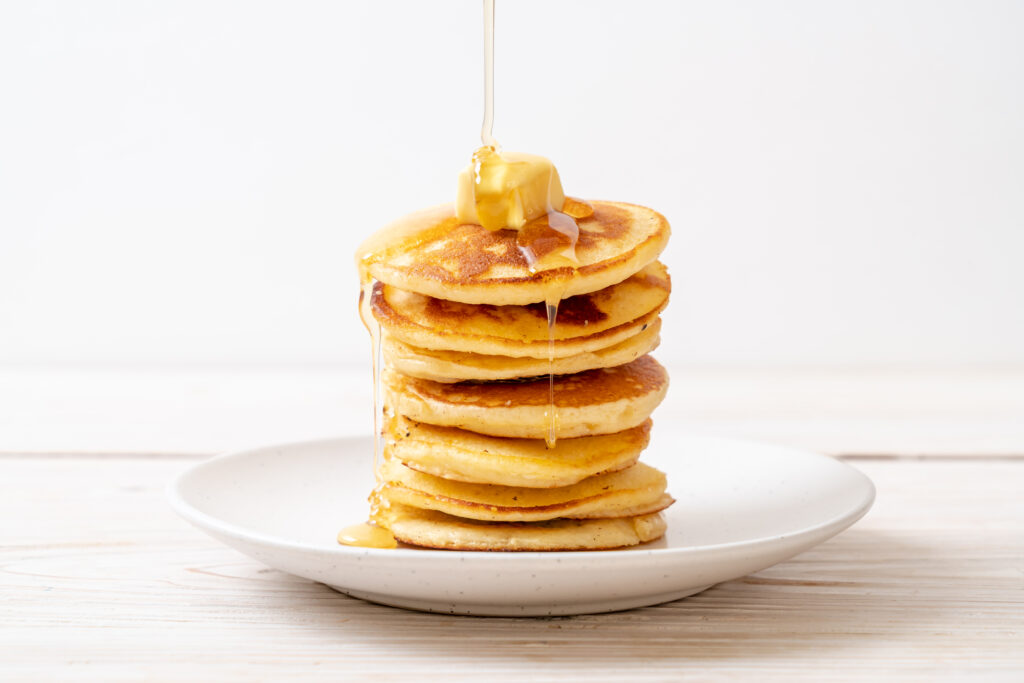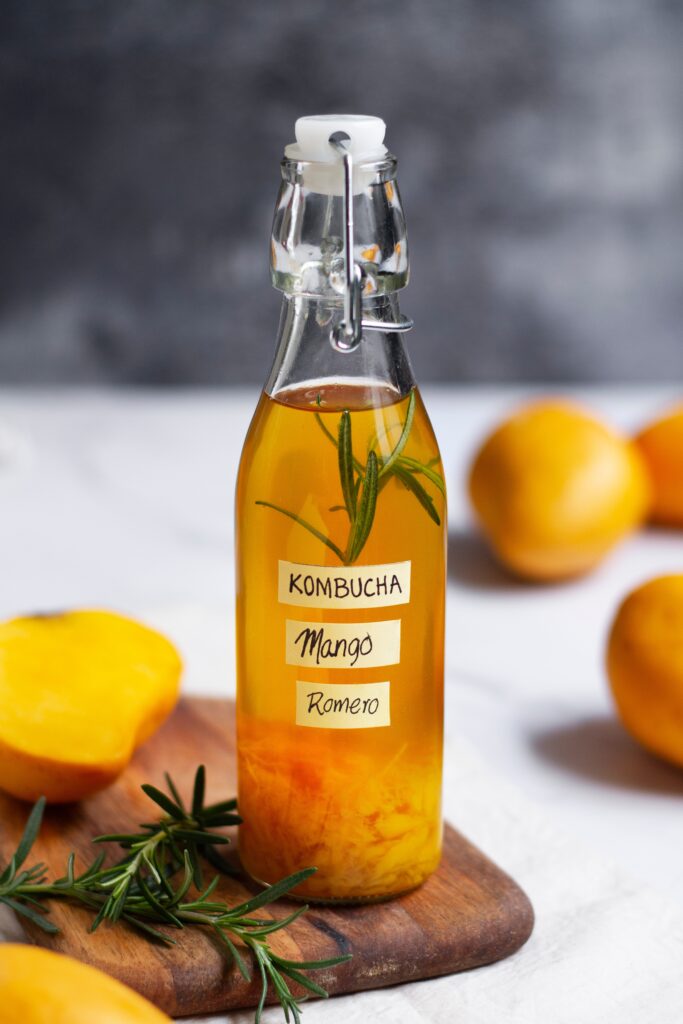Live Well
Updated: June 23, 2023
The Power of Probiotics

The busy beneficial bacteria hard at work in our guts have the singular goal in mind to keep our digestion flowing as scripted, making use of the good and tossing the toxic, improving digestion, boosting the immune system, and promoting overall health.
Probiotics are often called “good” or “friendly” bacteria because they help maintain a healthy balance of microorganisms in our gut.
When the balance of these microorganisms is disrupted, it can lead to digestive problems like bloating, diarrhea, and constipation. Probiotics are the ultimate mediators each with their own unique benefits working to restore this balance by increasing the number of good bacteria in our gut.
You can find probiotics in certain foods, such as yogurt, kefir, sauerkraut, and kimchi, as well as in dietary supplements but the benefits may vary depending on the strain and dosage.
In this week’s Live Well, we’ll take a look at 5 foods teeming with probiotics.

You Go-Gurt!
Yogurt is a classic probiotic food that is rich in live cultures (don’t worry, it’s still vegetarian friendly).
Yogurt is made by fermenting milk with bacterial cultures. During the fermentation process, these bacteria convert lactose, the sugar in milk, into lactic acid, which gives yogurt its tangy flavor and thick texture.
When you eat yogurt the bacteria survive the acidic environment of your stomach and make their way to your intestines, where they can colonize. However, it’s important to note that not all yogurts contain probiotics, or sufficient probiotics. It’s always a good idea to check the label to see which strains of bacteria are present.
Tip: If your yogurt has a sour smell, it has likely gone bad and needs to be thrown out. It’s also best to toss it if a liquid has formed on top of any yogurt that normally doesn’t have it.
Recommended Recipe: Indian Koftas with Mint Yogurt and Flatbreads
Enjoy the go with Foster’s:

Stuck in a Pickle
Nothing says crunch-time like a pickle. Pickles are made by fermenting cucumbers (or anything, really) in saltwater and vinegar.
During the fermentation process, naturally occurring bacteria on the surface of the cucumbers begin to break down the sugars and other compounds in the cucumbers. This produces lactic acid, which gives the pickles their characteristic tangy flavor.
The bacterial strains present in pickles can vary depending on the fermentation method used, the type of cucumbers used, and other factors.
Tip: If you’re interested in using pickles as a source of probiotics, look for naturally fermented varieties and to check the label to see which bacterial strains are present.
Recommended Recipe: Pickled cucumbers with dill & Spice
Pick a pickled pepper with Foster’s:

It’s Sour, Though
Sourdough bread is made by mixing flour and water and allowing the mixture to ferment for several days.
During the fermentation process, naturally occurring bacteria and yeast in the environment, on the surface of the flour, and in the water, break down the sugars and other compounds in the mixture. This produces lactic acid and other organic acids, which give the bread its sour flavor and characteristic texture.
Not all sourdough breads are created equal when it comes to probiotics. The bacterial strains and amounts vary depending on factors such as the type of flour used, the fermentation time and temperature, and the conditions under which the bread is baked.
Tip: For sourdough bread as a source of probiotics, look for breads that are made with natural, whole ingredients that have been fermented for a longer period of time, which leads to a higher concentration of probiotics.
Recommended Recipe: Sourdough Focaccia Bread
Get doughy with Foster’s:

I Can’t Believe it’s Not Buttermilk
Buttermilk is made by adding bacterial cultures to low-fat or non-fat milk which ferments the lactose in the milk and produces lactic acid, giving the buttermilk its sour taste. This fermentation process also increases the population of beneficial bacteria.
Not all buttermilk products contain probiotics. Some commercial buttermilk products may be pasteurized, which kills the beneficial bacteria, or may have added preservatives that can interfere with the fermentation process. Additionally, some buttermilk products may have added flavors, sugars, or other ingredients that can reduce the probiotic content.
Tip: If you’re interested in using buttermilk as a source of probiotics, it’s best to look for products that are labeled as containing live and active cultures. These products are typically found in the refrigerated section of the grocery store and have a shorter shelf life than other types of buttermilk.
Recommended Recipe: Lemon-Buttermilk Pound Cake
Find milk and more with Foster’s:

SCOBY-SCOBY Do(es Wonders)
Kombucha is a fermented tea drink that is made with sugar, tea, and a symbiotic culture of bacteria and yeast (SCOBY– The SCOBY ferments the tea and converts the sugar into organic acids, such as acetic acid and gluconic acid, which give the drink its tangy flavor. During the fermentation process, a variety of bacteria and yeast species are produced.
Tip: If you’re interested in using kombucha as a source of probiotics, it’s best to look for products that are labeled as ‘containing live and active cultures’. These products are typically found in the refrigerated section of the grocery store and have a shorter shelf life than other types of kombucha.
Recommended Recipe: Kombucha
Get all the tea with Foster’s:
There are many delicious foods that are packed with probiotics. Incorporating these foods into your diet can help promote digestive health, boost the immune system, and improve overall well-being. Whenever you get a chance, try adding some of these probiotic-rich foods to your diet today!
Recipes courtesy of BBC Good Food


